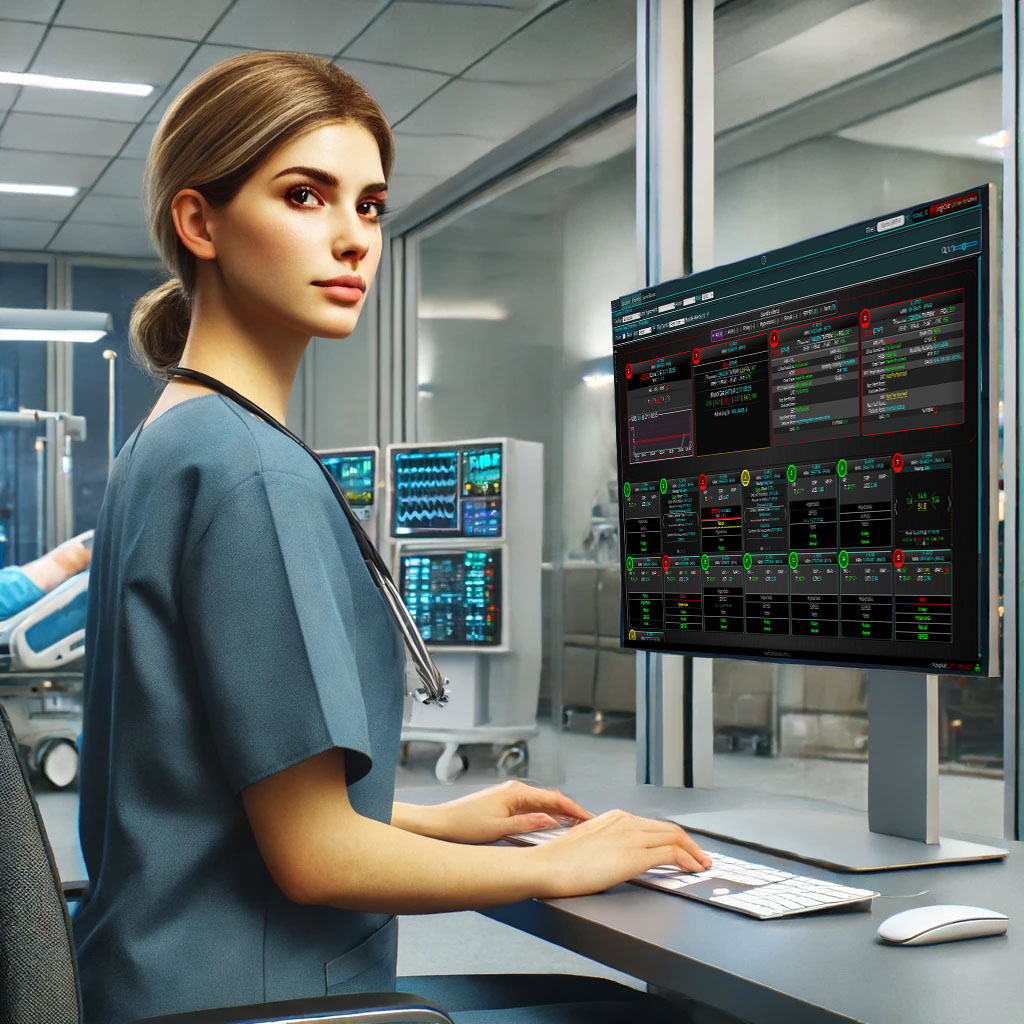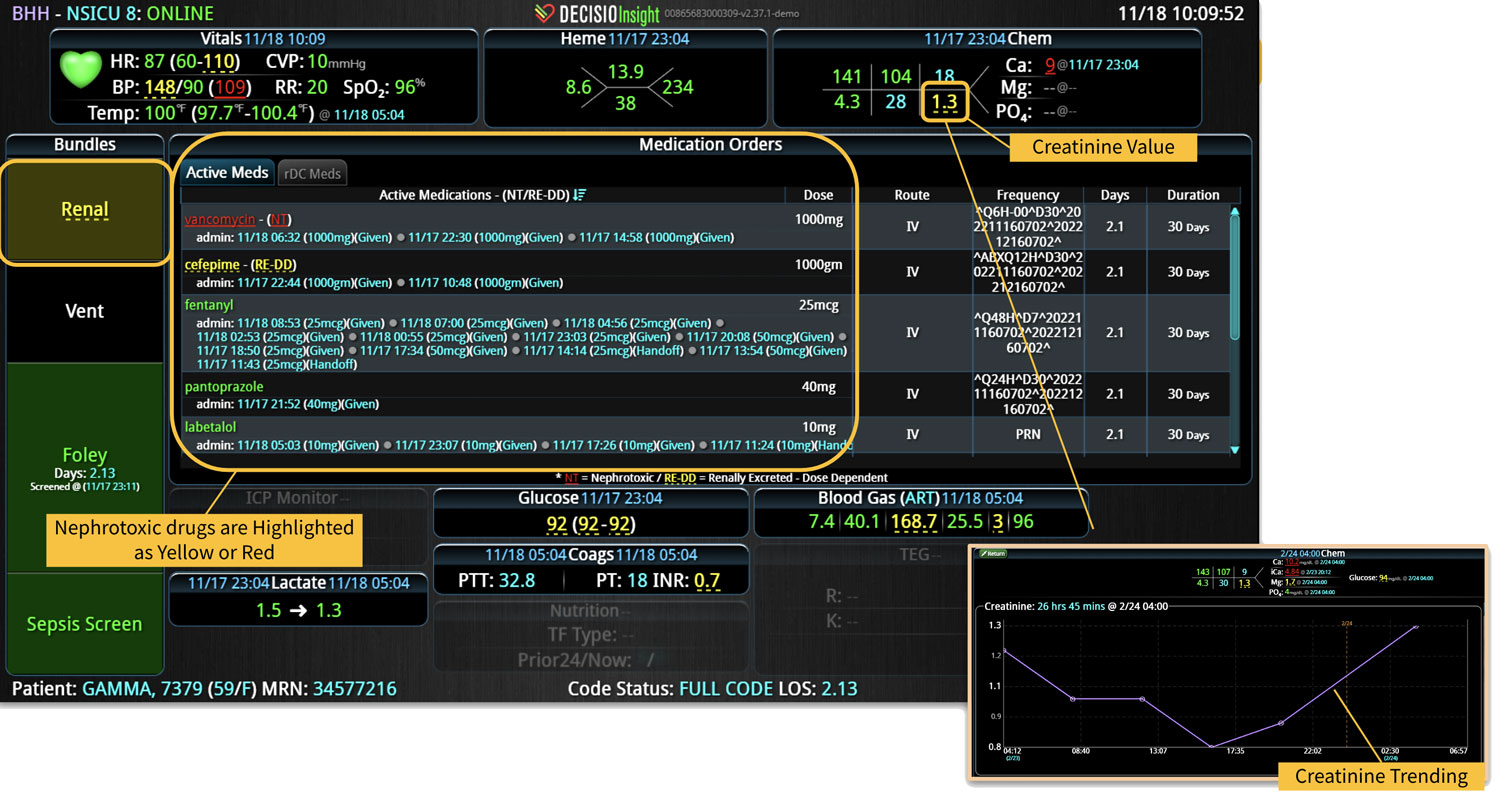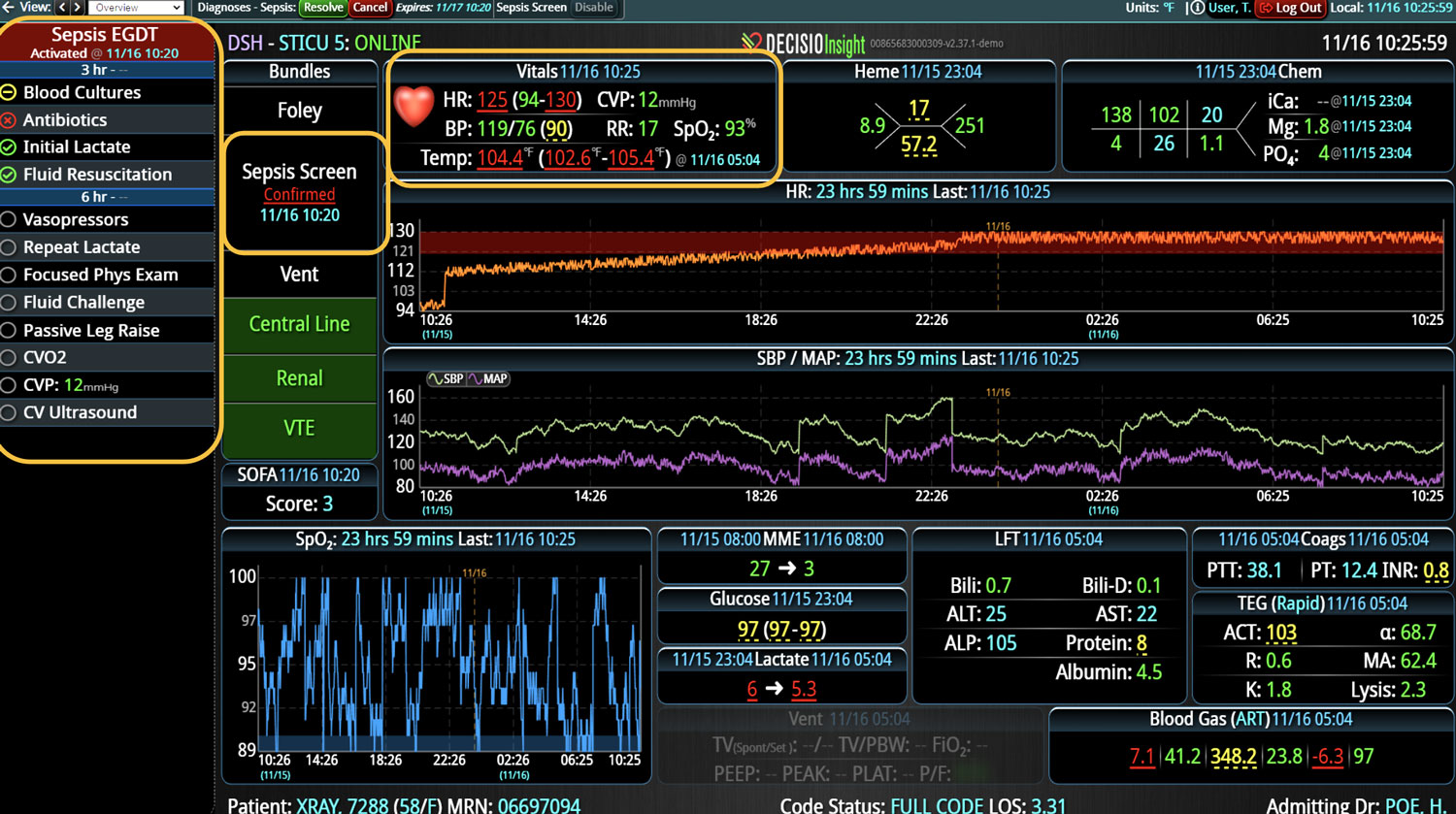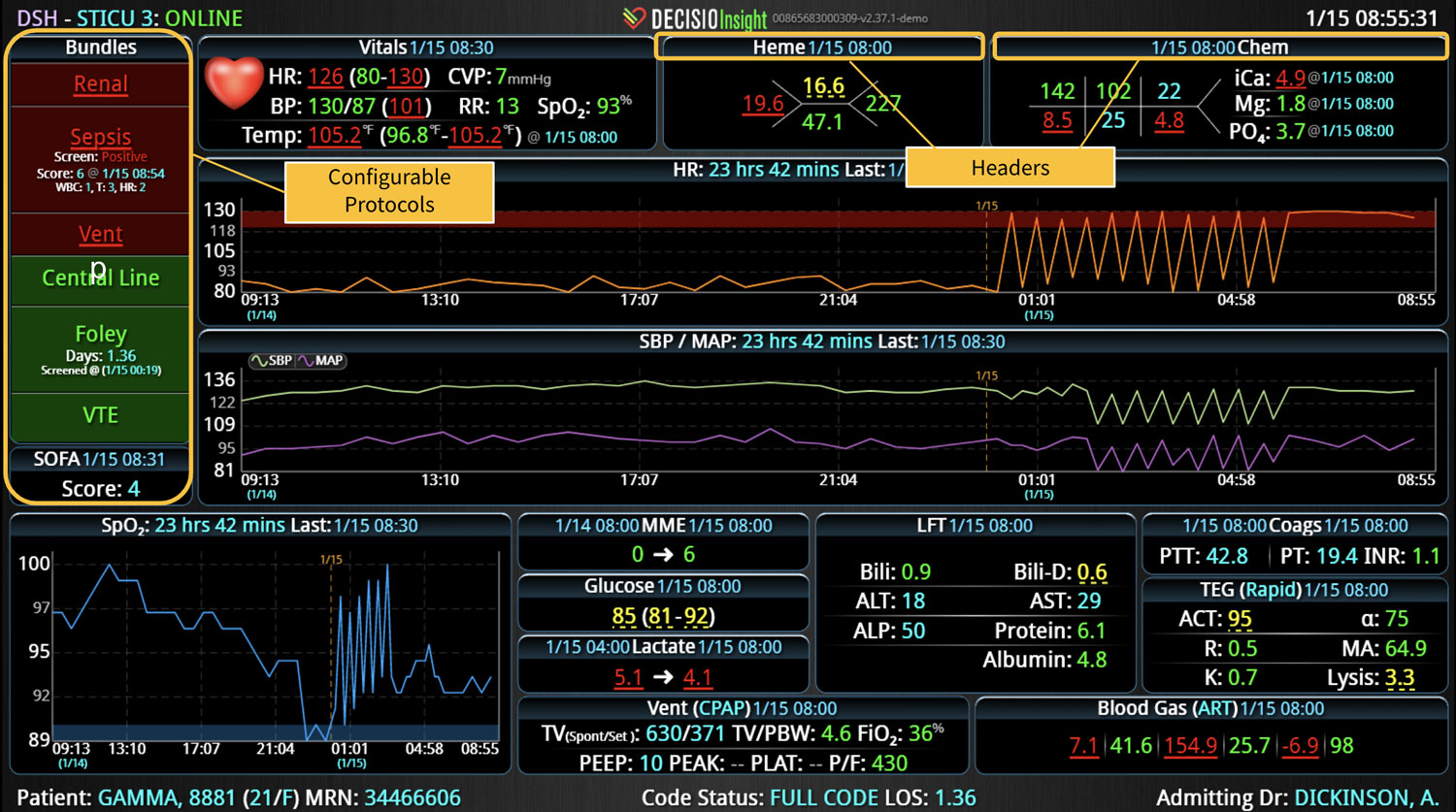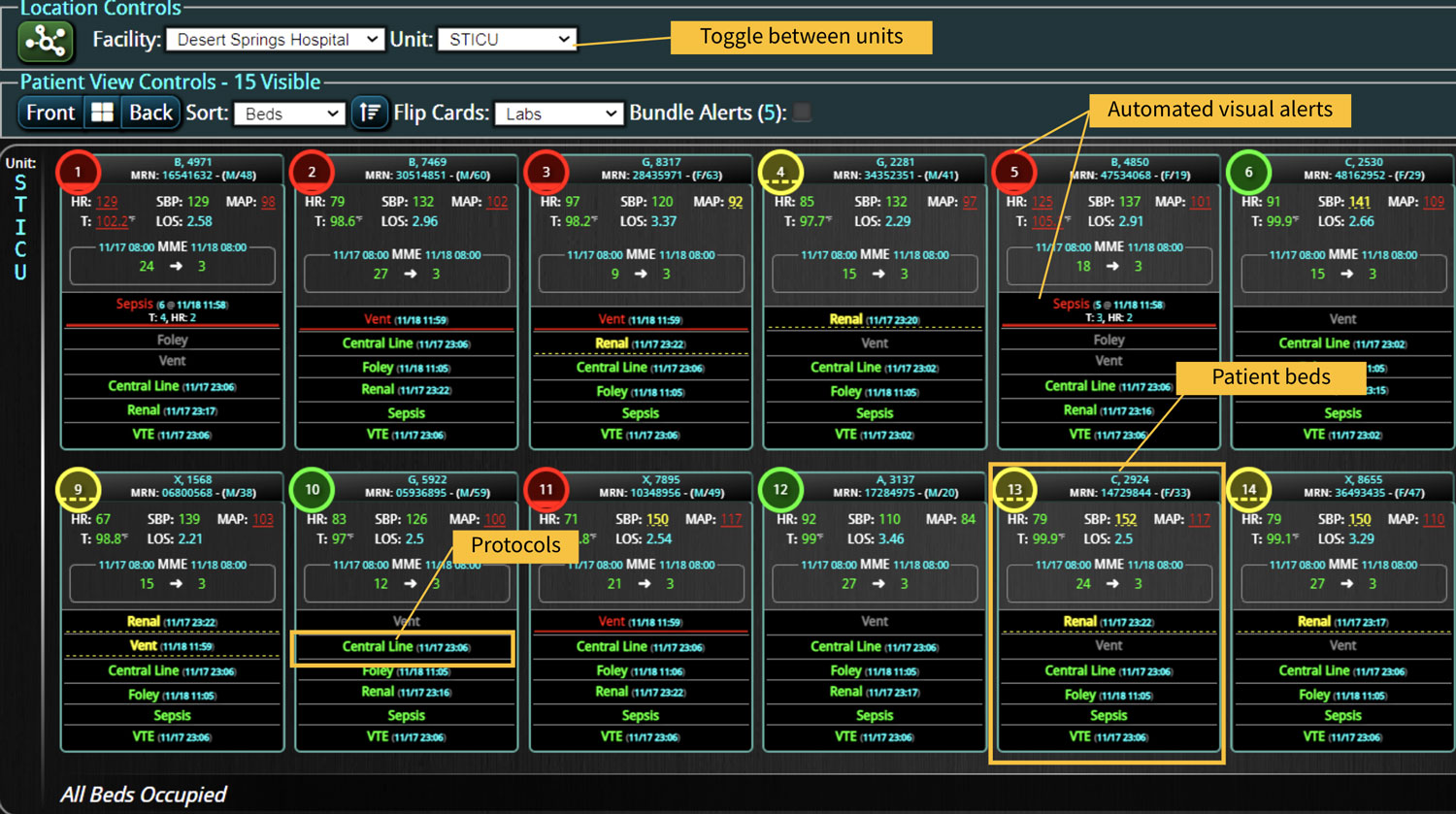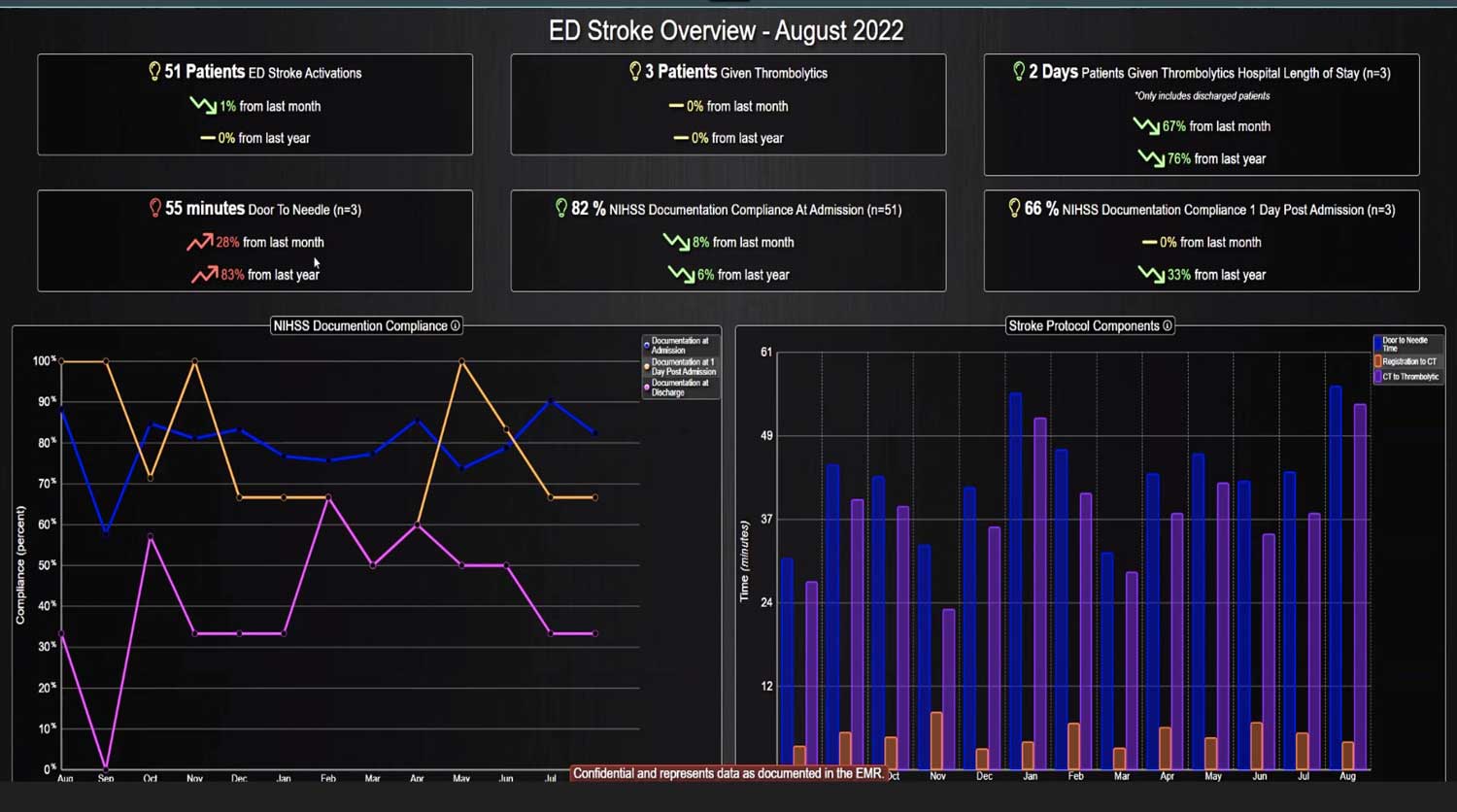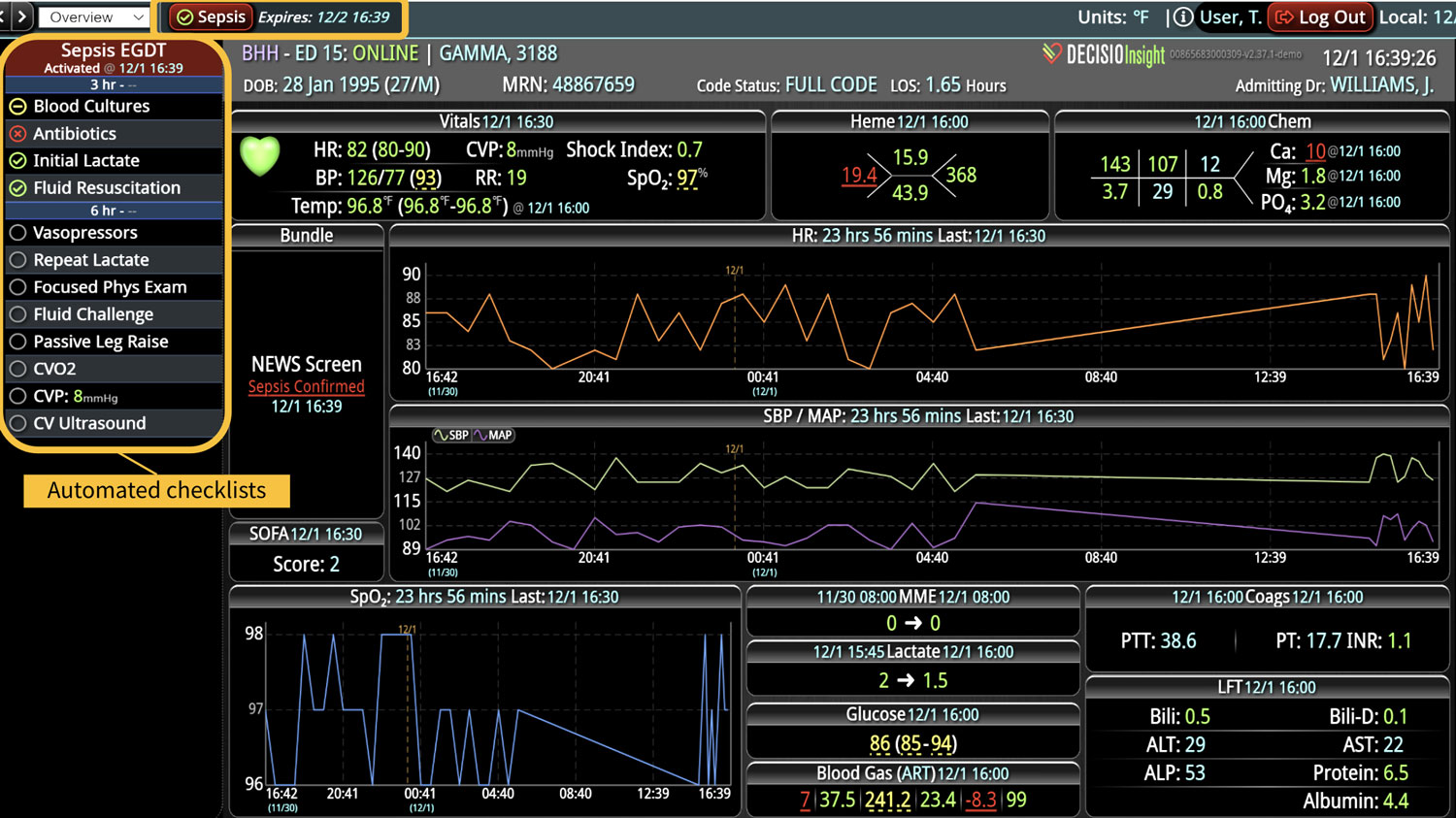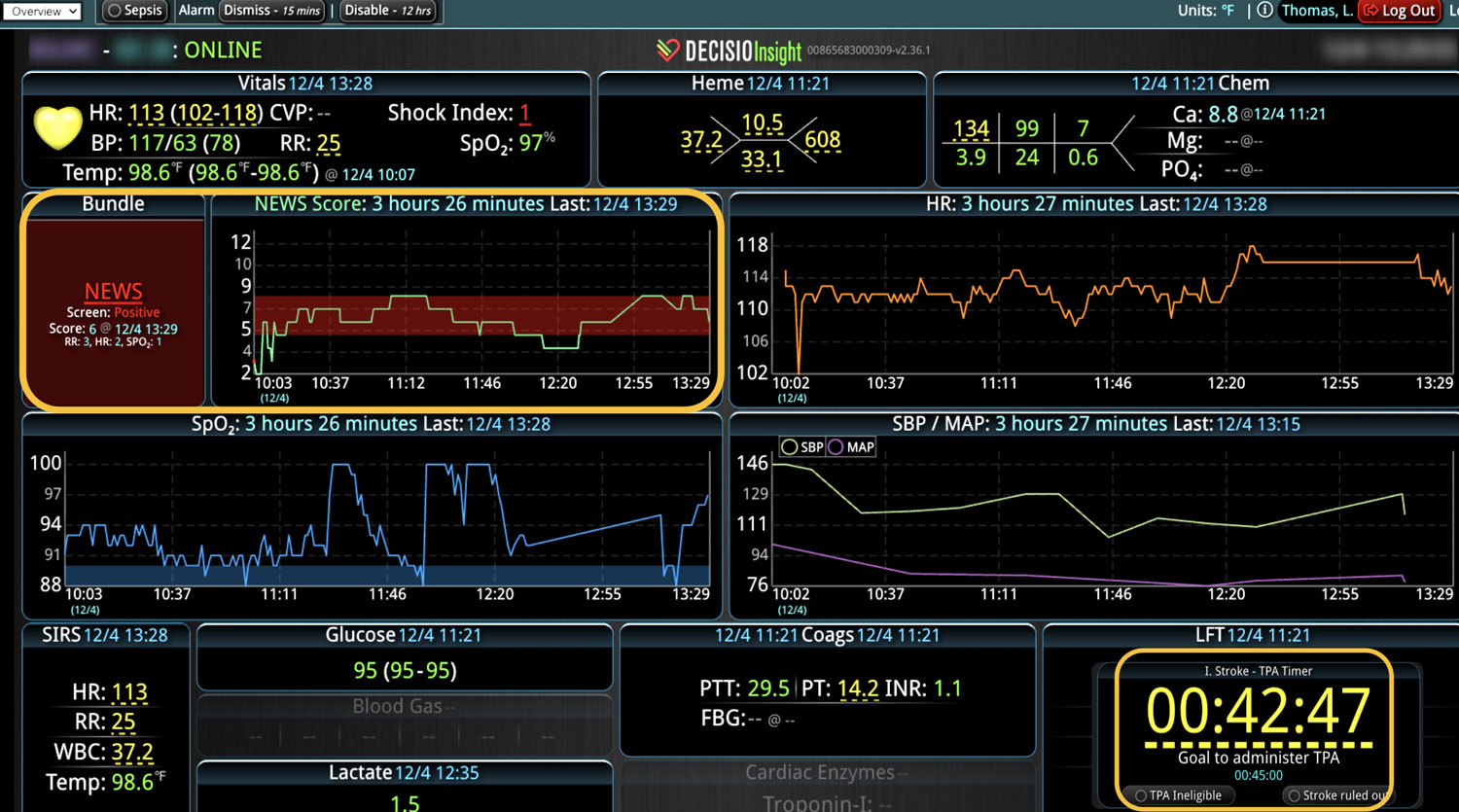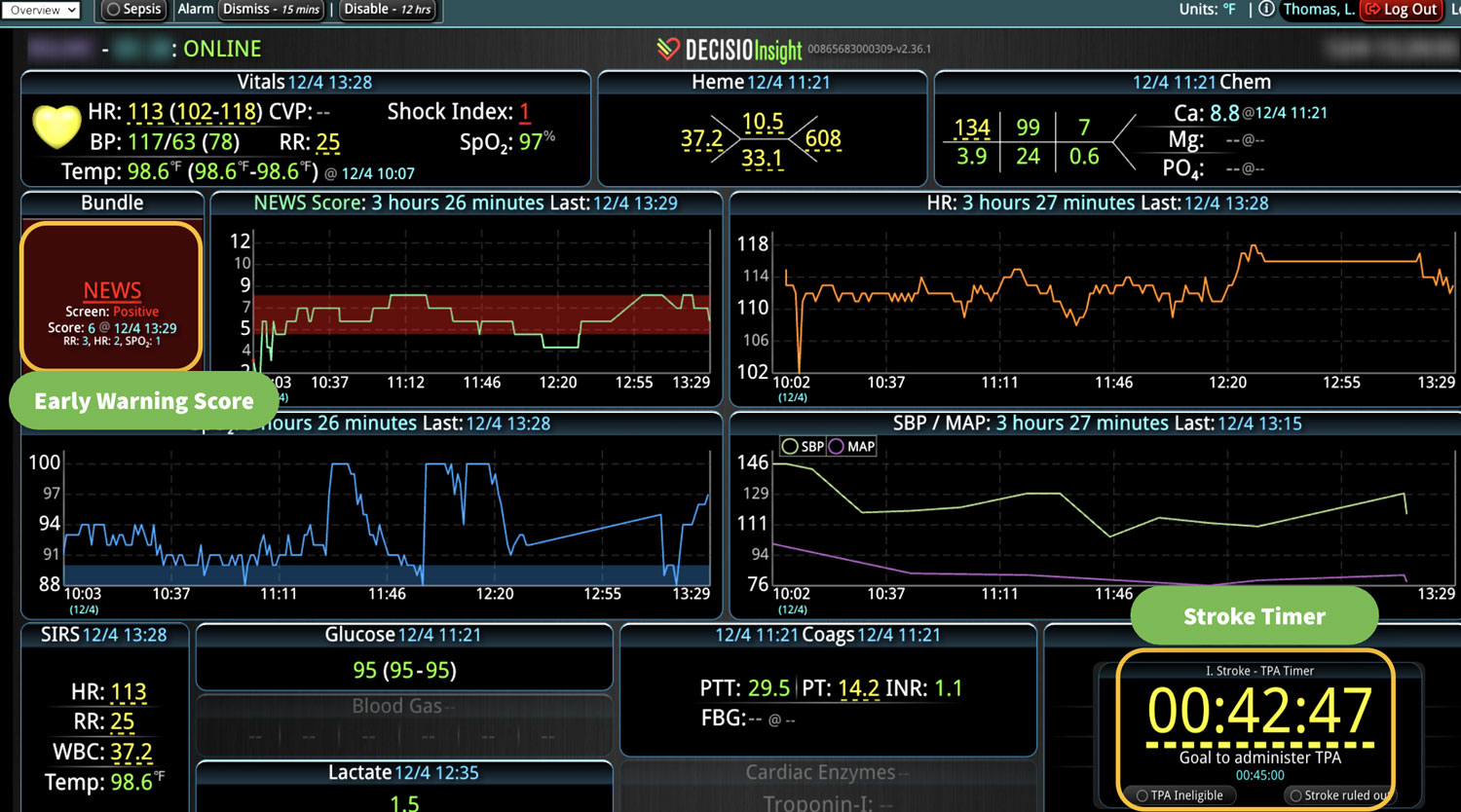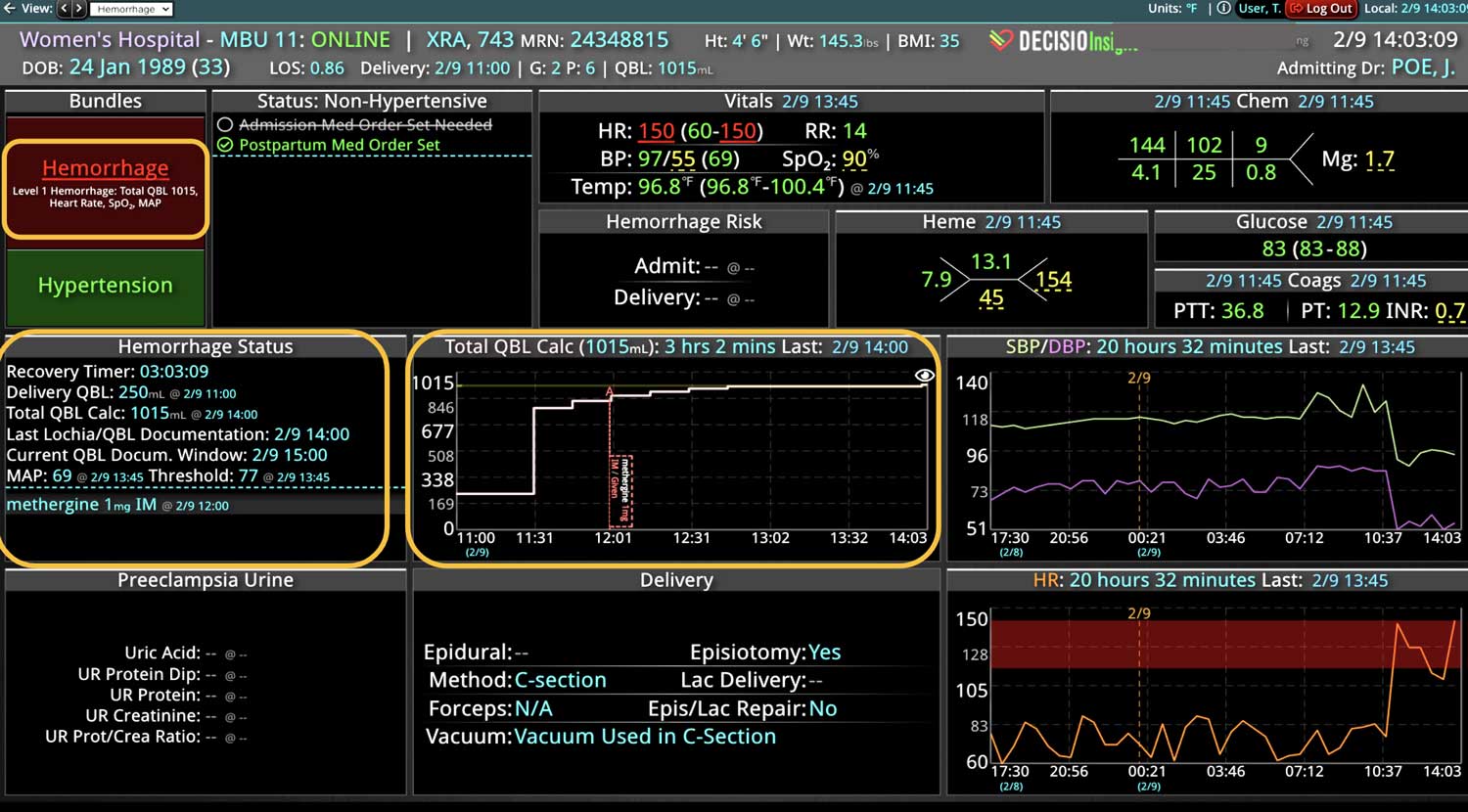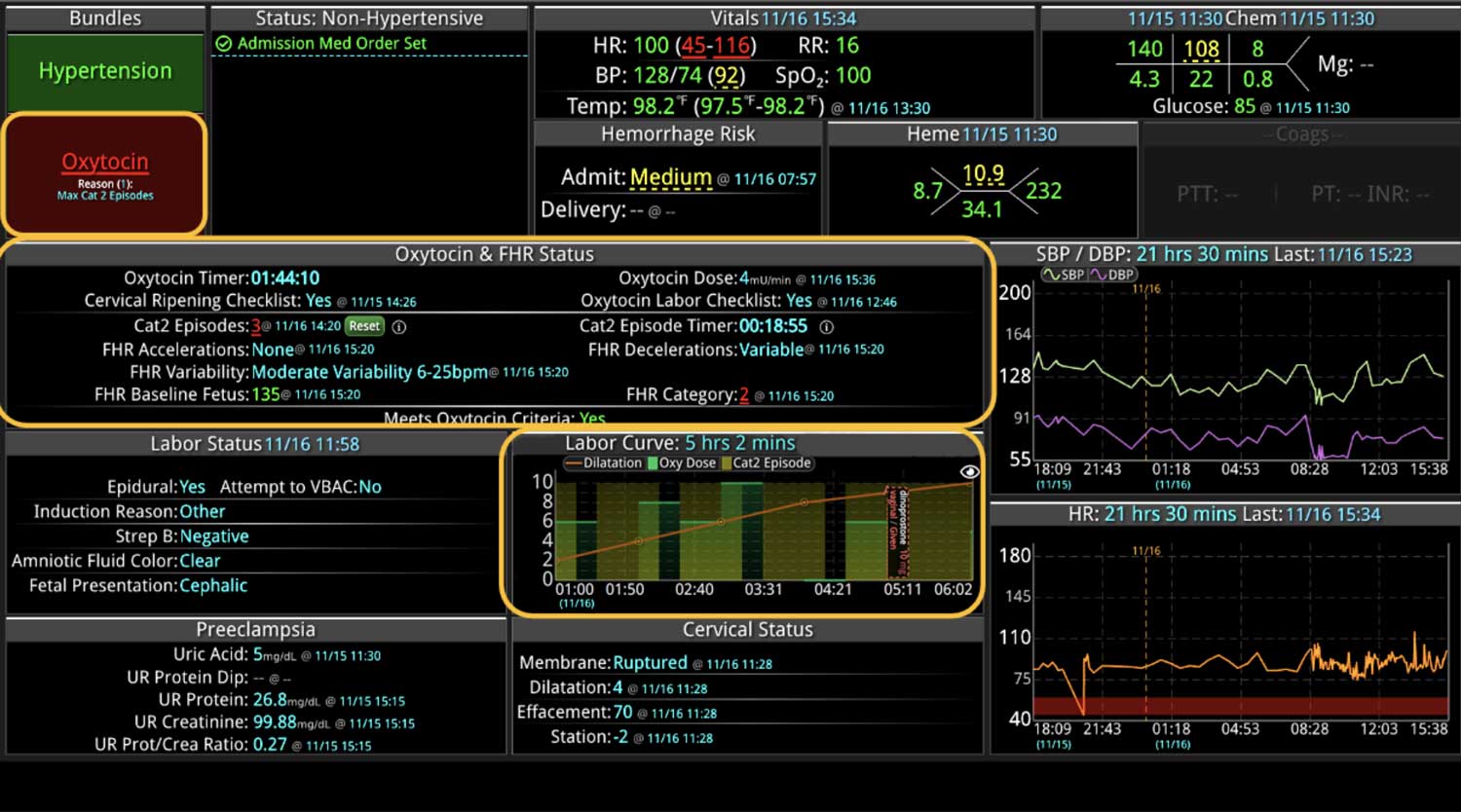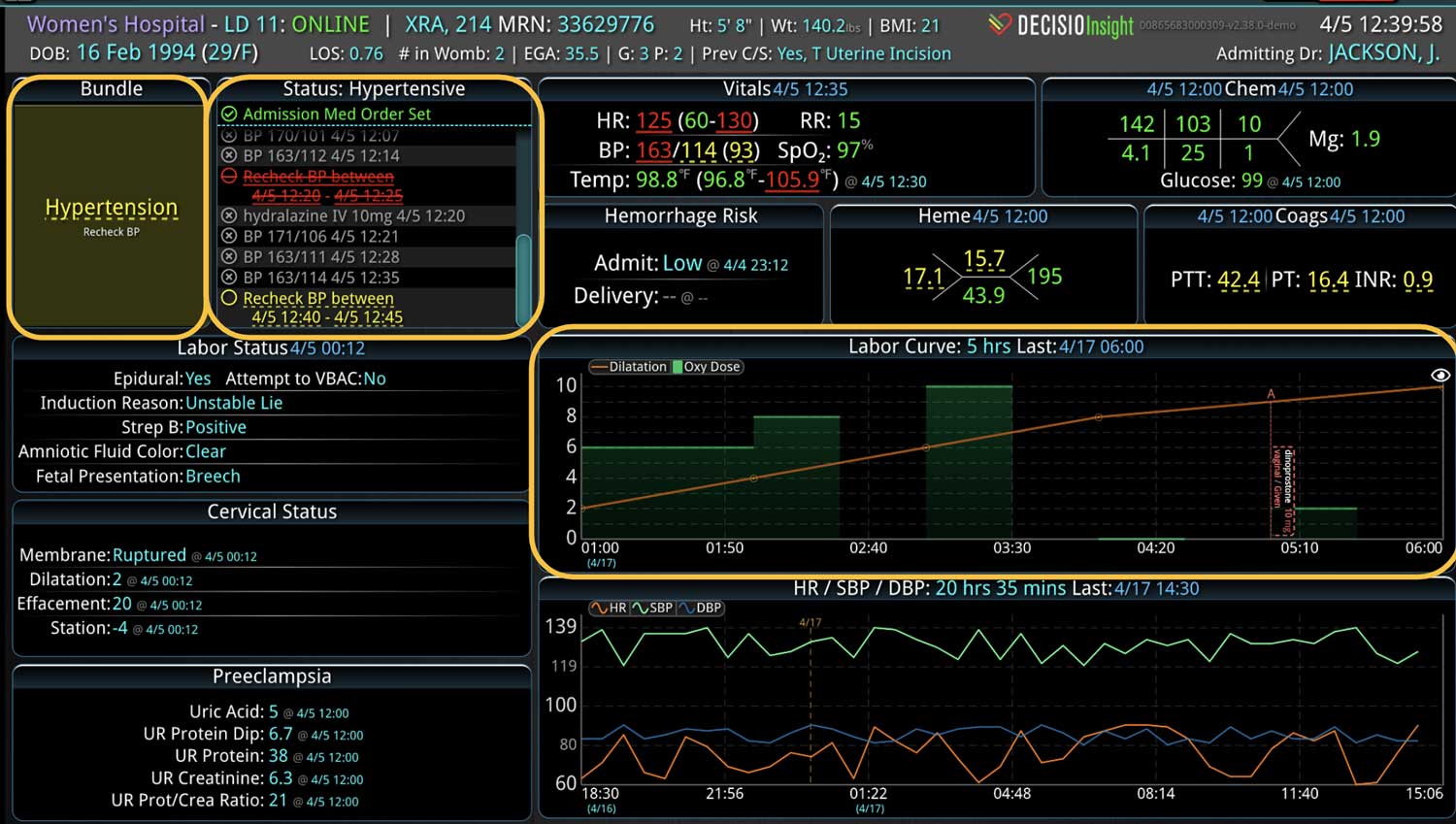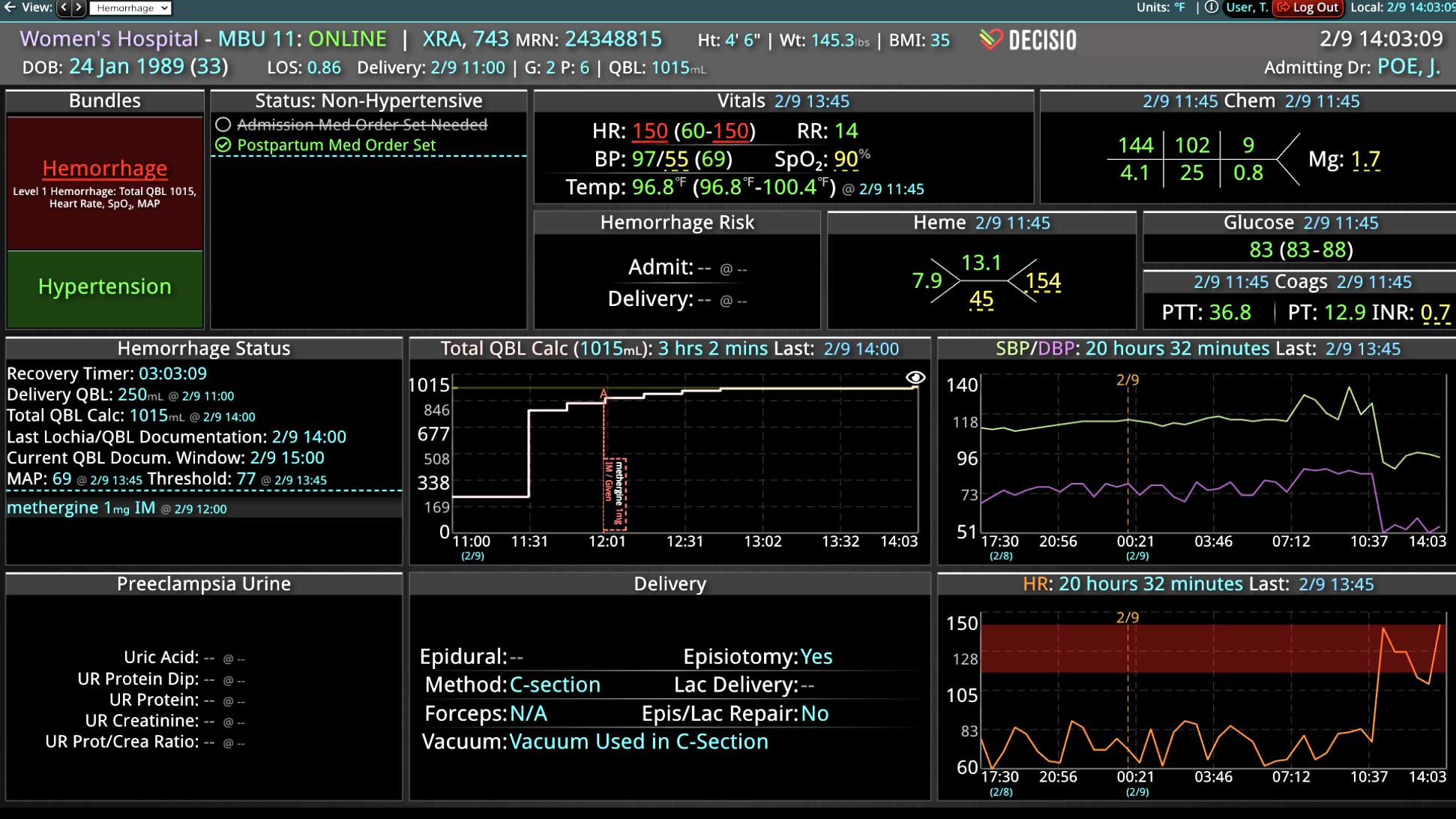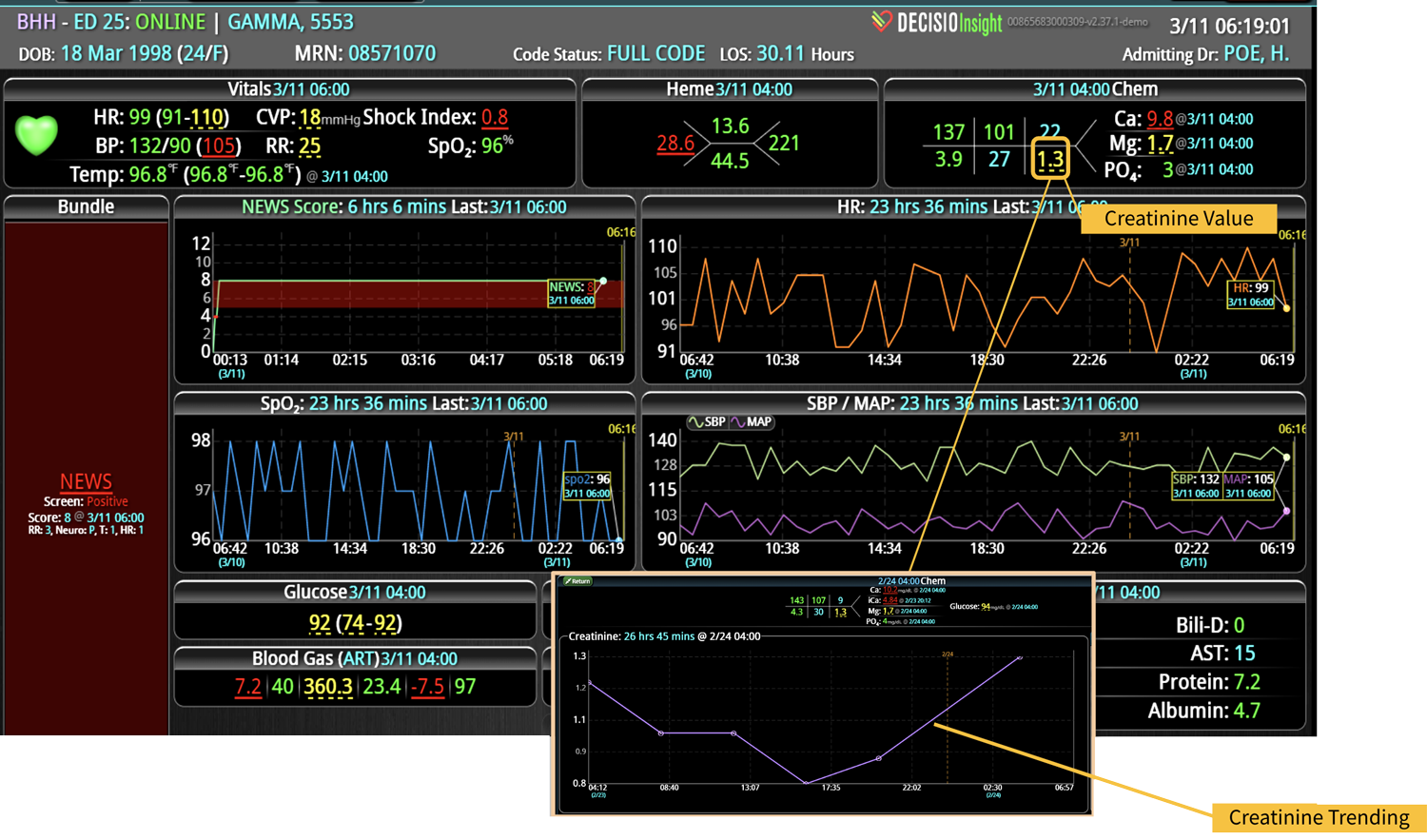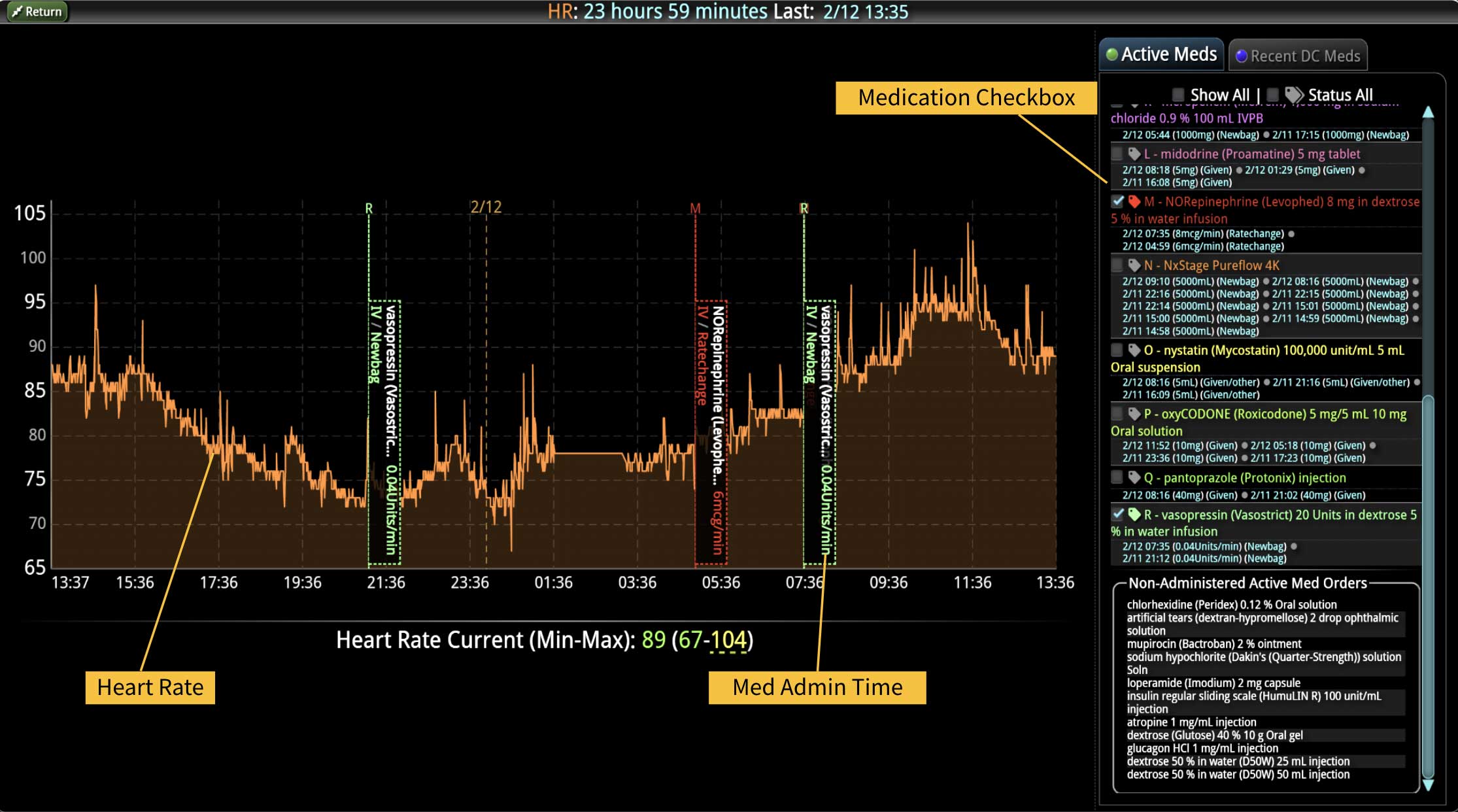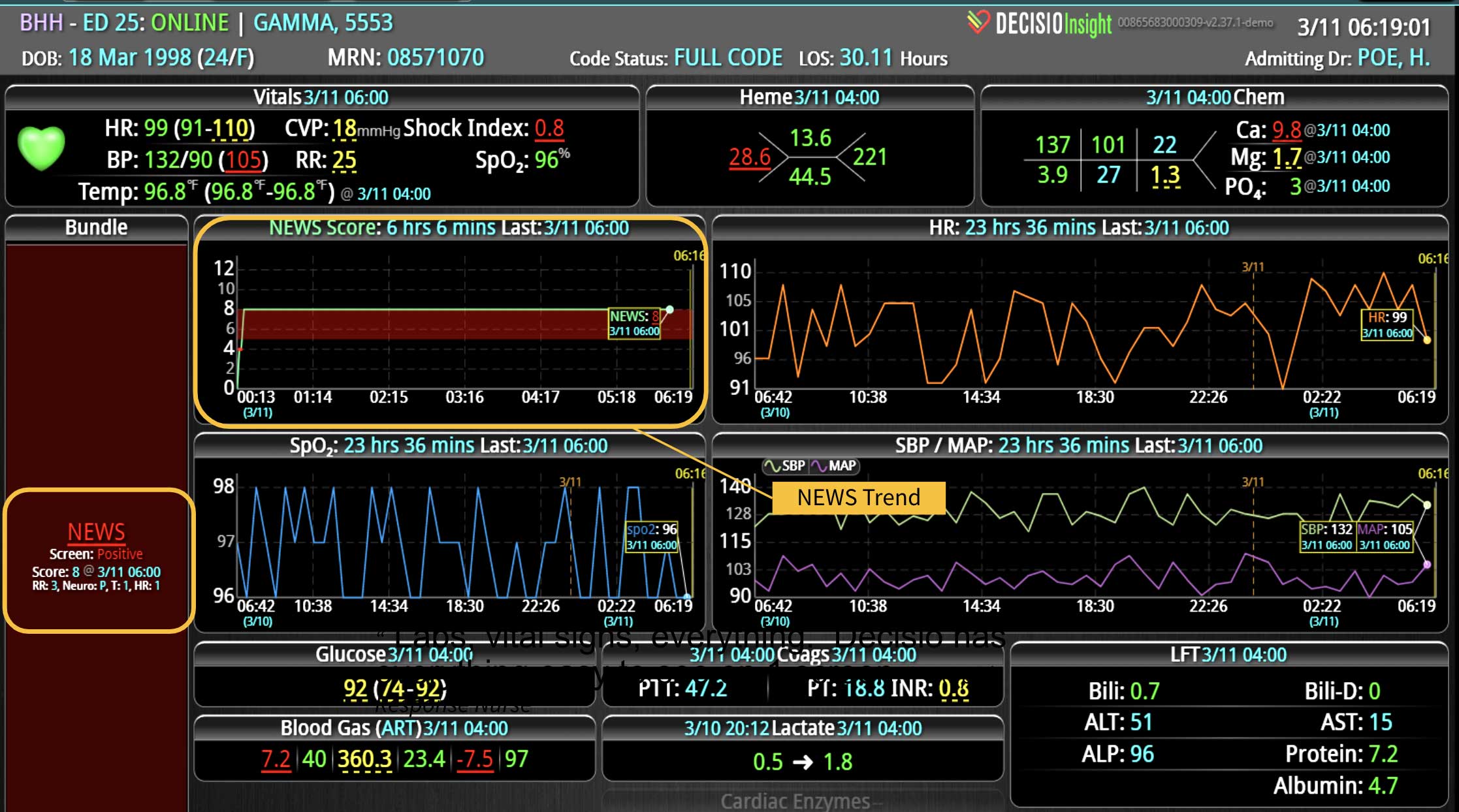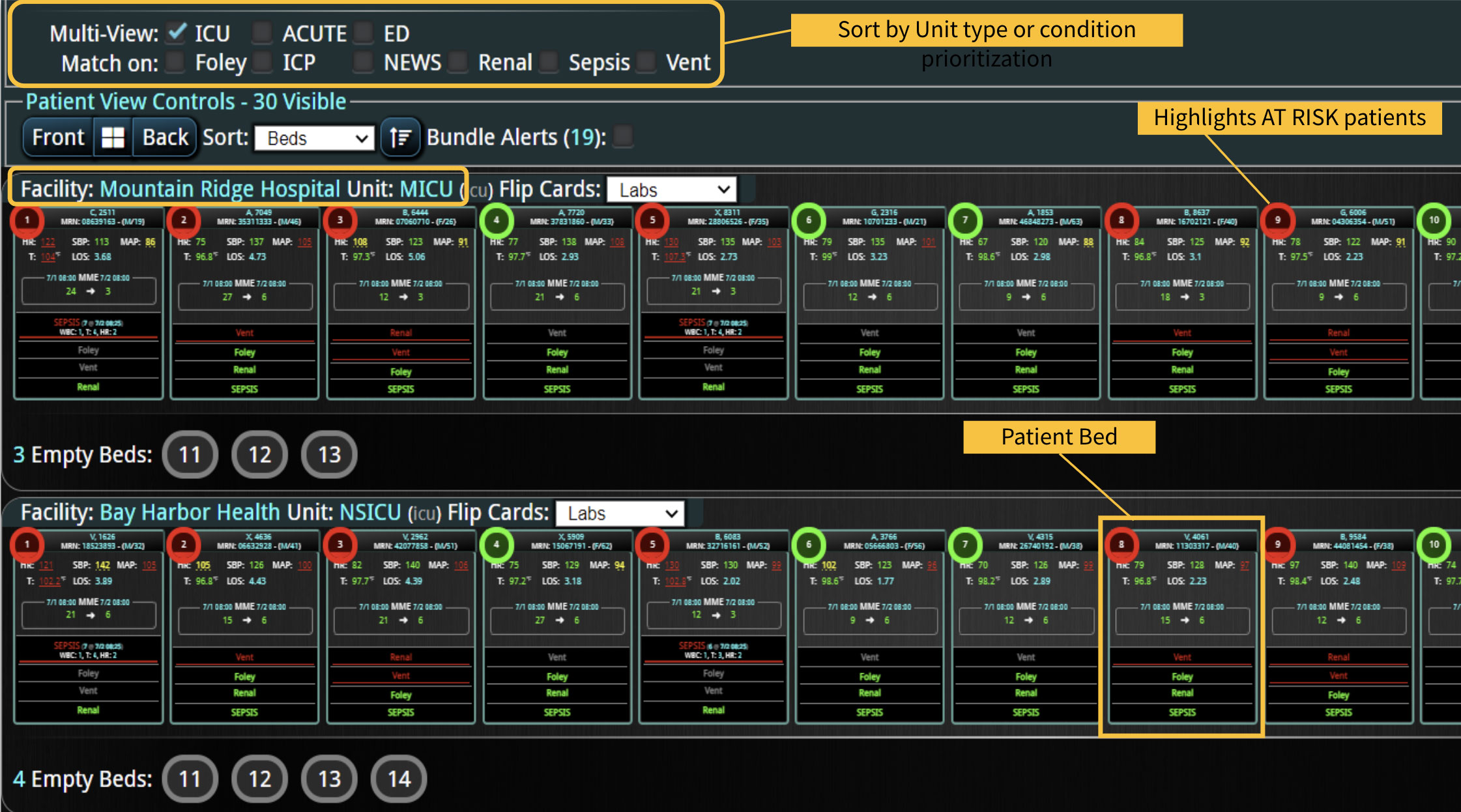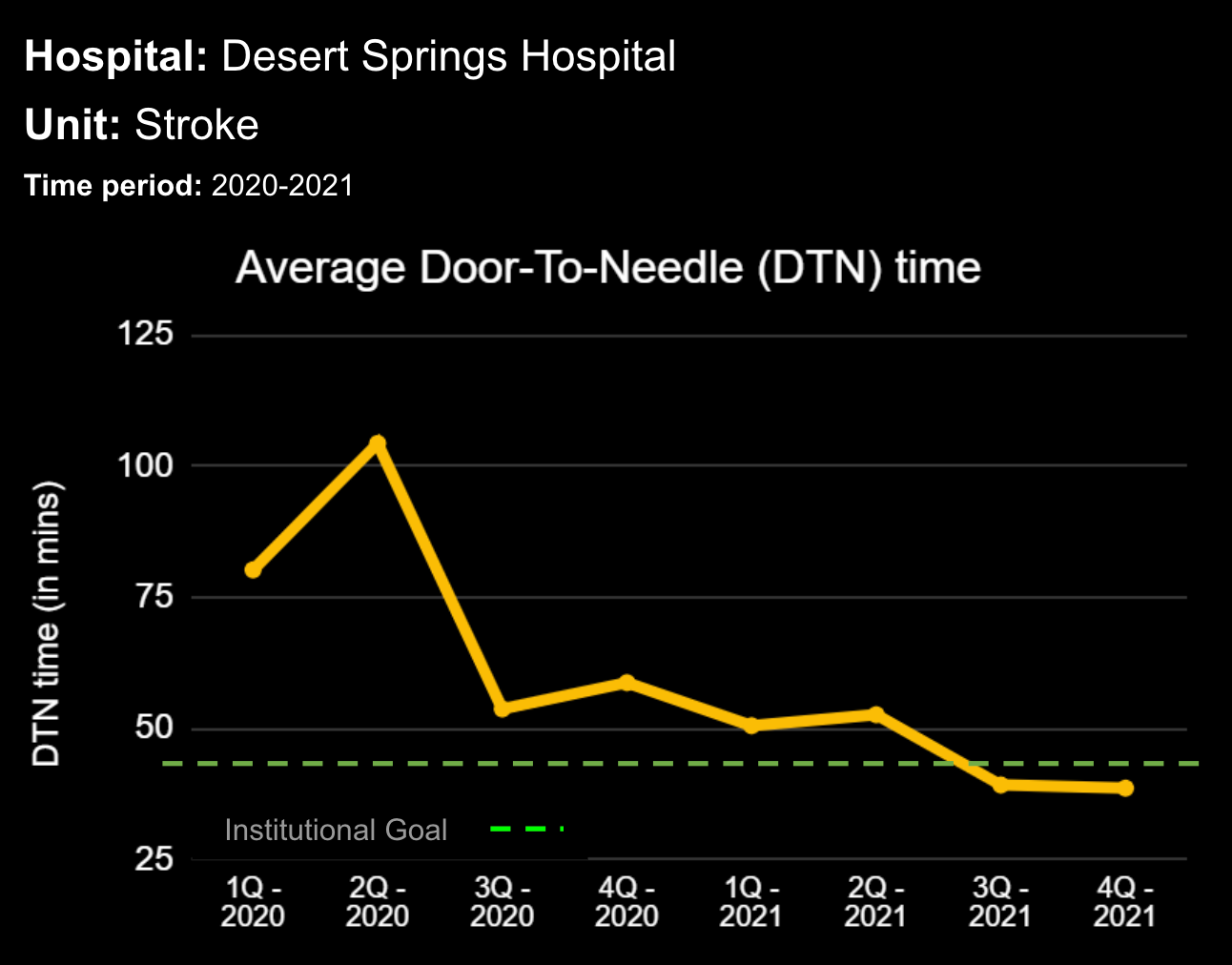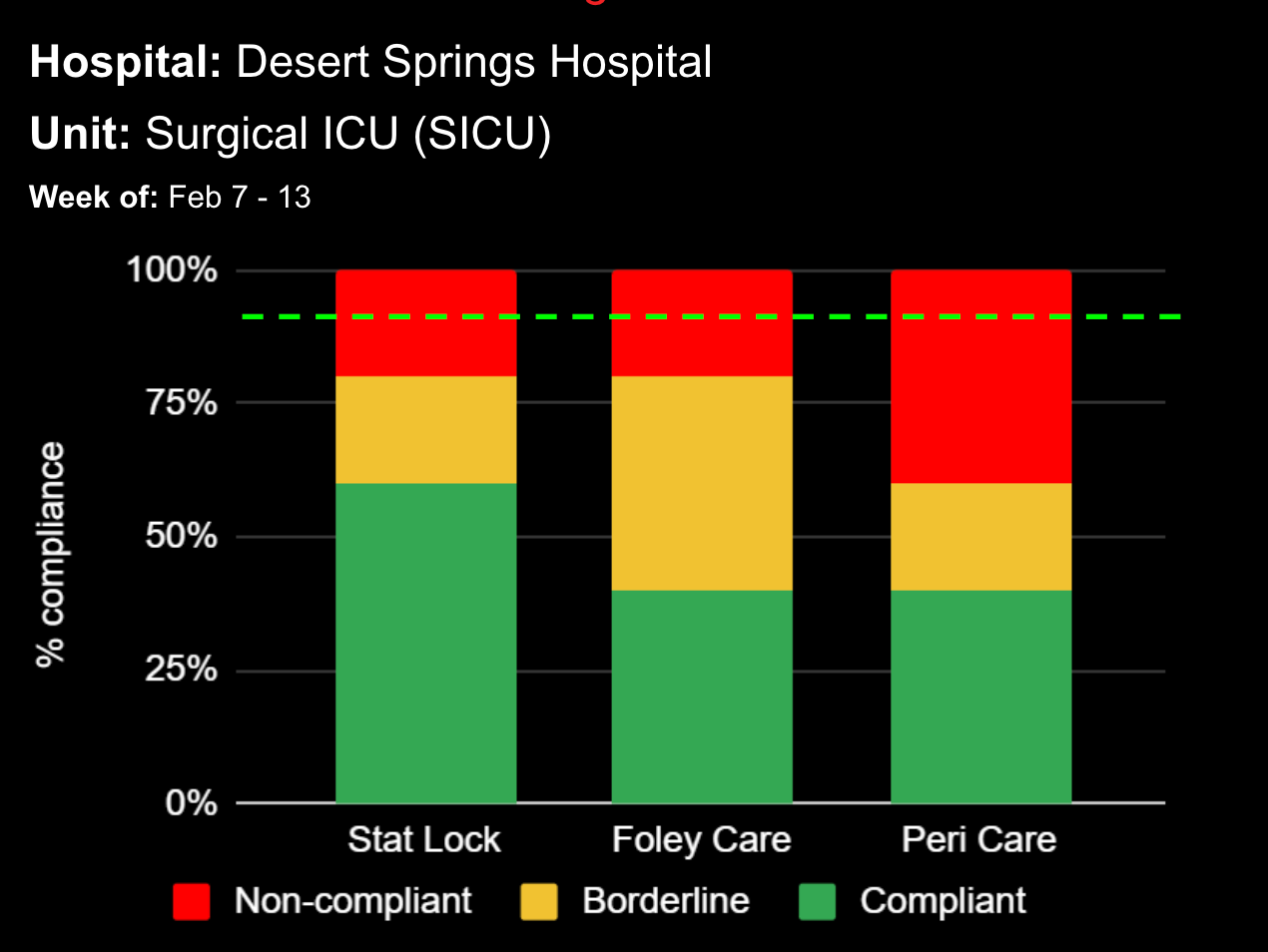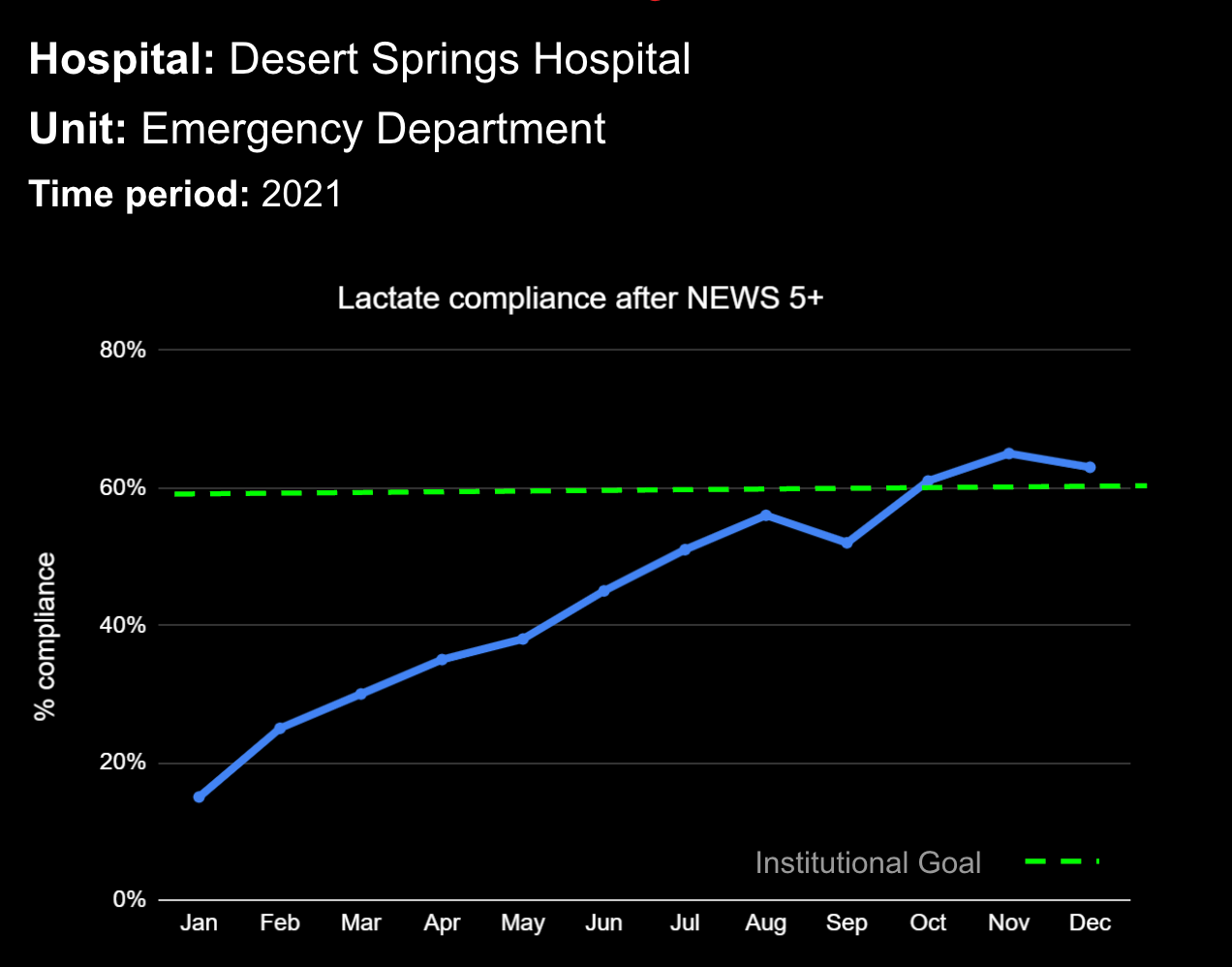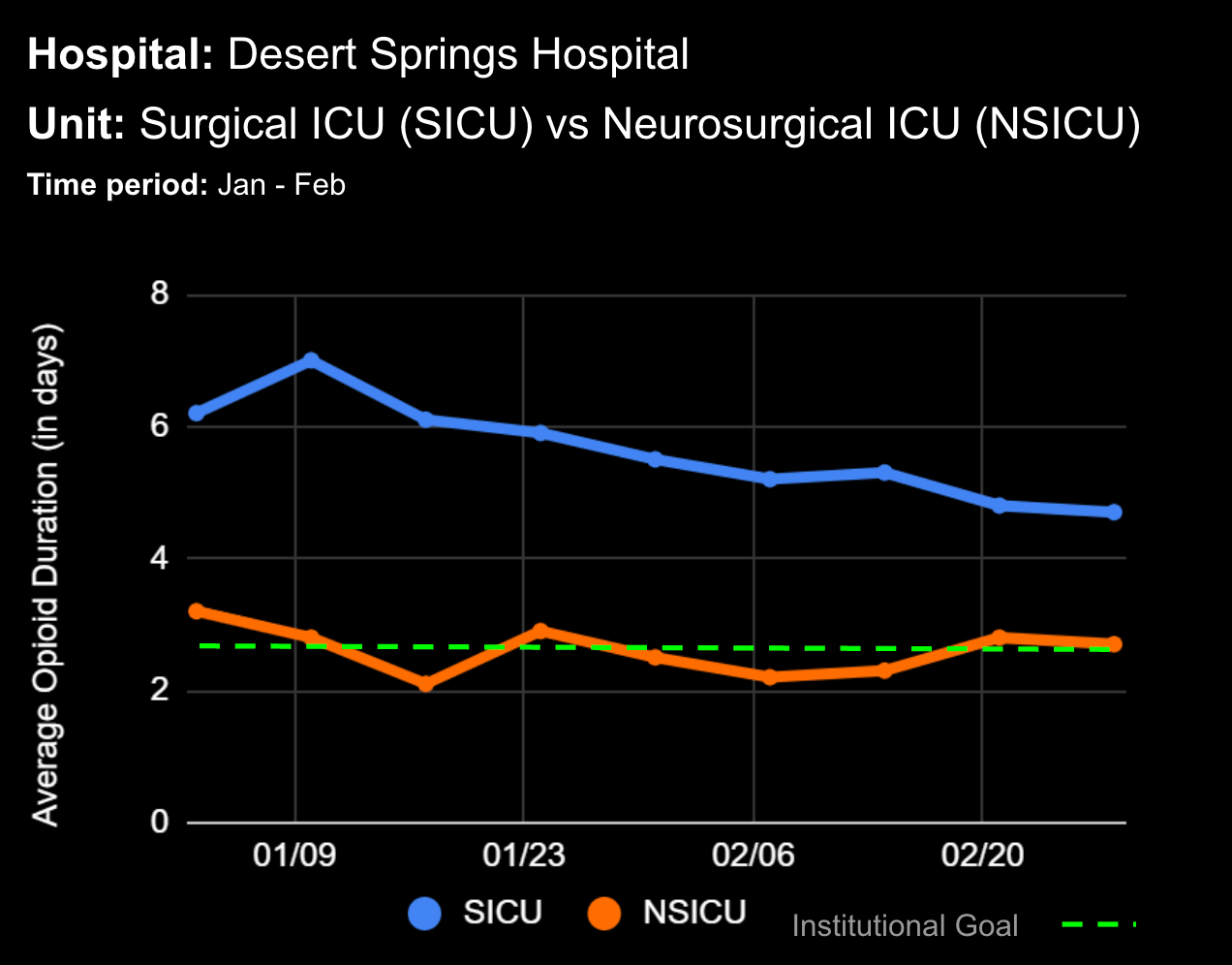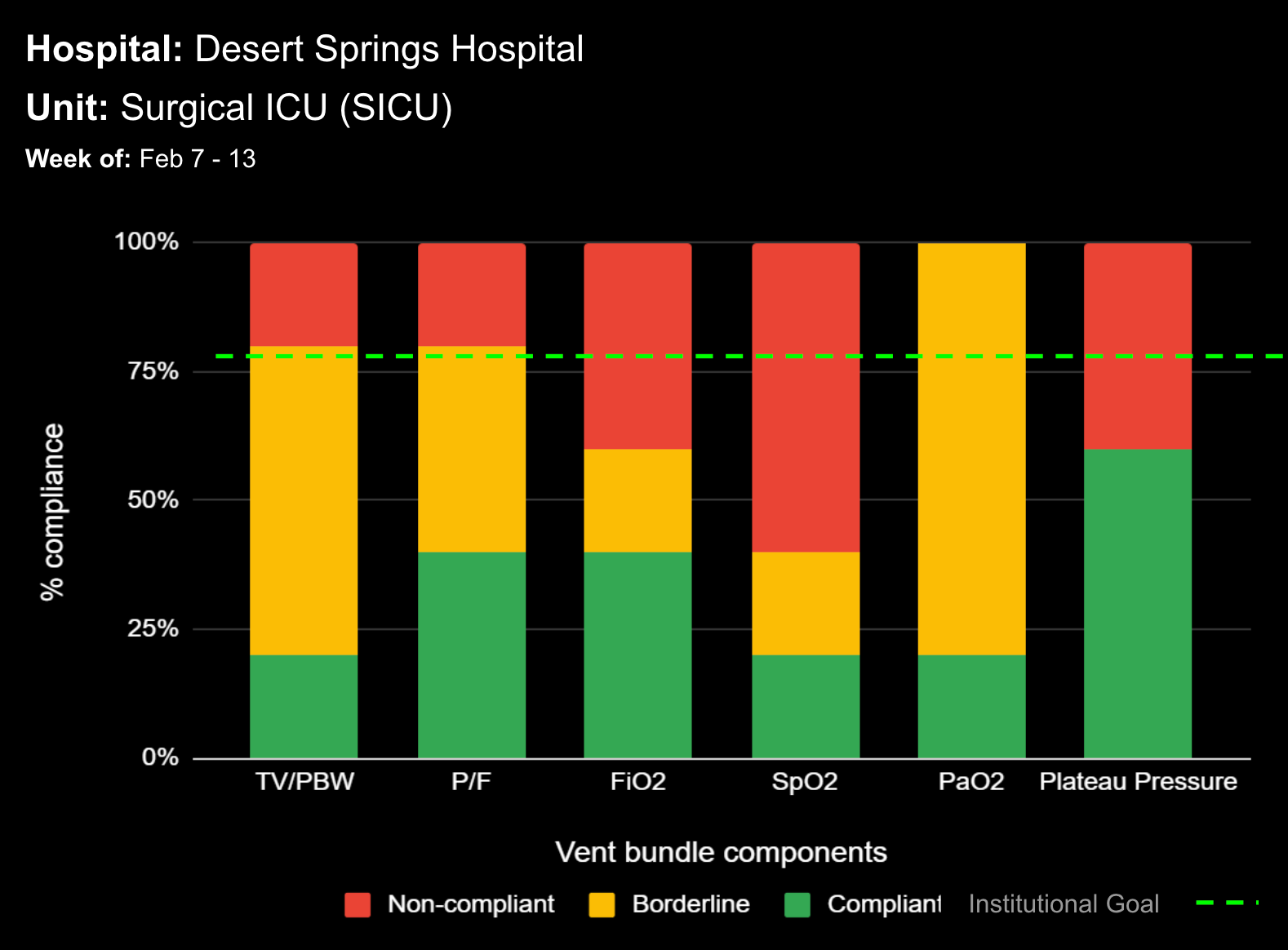27 Jun Embracing the Past, Excited for the Future: The Evolution of Technology in Healthcare
As we look back on the remarkable journey of technological advancements in healthcare, it's impossible not to be both amazed by how far we've come and excited for where we're heading. From early medical tools to cutting-edge artificial intelligence, technology has continuously transformed patient care. By exploring key milestones, comparing advancements to other industries, and highlighting recent trends, we can look ahead to the future with a sense of anticipation and optimism. Reflecting on Early Innovations The roots of modern medicine are grounded in early innovations that set the stage for today's advancements. The invention of the stethoscope by René Laennec in 1816 revolutionized the ability to diagnose respiratory and cardiac conditions. Wilhelm Conrad Roentgen's discovery of X-rays in 1895 allowed doctors to see inside the human body without invasive surgery. And who can forget Alexander Fleming's discovery of penicillin in 1928, which opened new frontiers in the treatment of bacterial infections? These milestones were the foundation upon which more complex technologies would be built. The Digital Revolution: A Game Changer The late 20th century ushered in the digital revolution, fundamentally changing healthcare. The introduction of Electronic Health Records (EHRs) replaced cumbersome paper records, making patient information more accessible and coordination among providers more...



